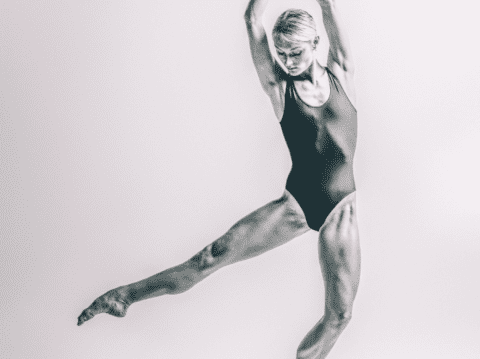Arrived in 2021, Sophie Remy works closely with two specialist nurses, Christian Riesen and Christian Zuodar. She is responsible for the care and needs of in-patients and coordinates post-treatment after their hospitalization.
NURSE
Arrived in 2021, Sophie Remy works closely with two specialist nurses, Christian Riesen and Christian Zuodar. She is responsible for the care and needs of in-patients and coordinates post-treatment after their hospitalization.
Mathieu Assal
2000
OBJECTIVES
To evaluate the efficiency of a solid femoral nail and interlocking spiral-blade, inserted without reaming (UFN/spiral blade, Synthes-Stratec, Oberdorf, Switzerland), for the fixation of pathologic and impending pathologic fractures of the proximal femur, particularly those involving the subtrochanteric area.
DESIGN
Retrospective, consecutive series.
SETTING AND PATIENTS
All patients treated for pathologic and impending pathologic fractures of the trochanteric or subtrochanteric area, stabilized using a UFN/spiral blade, inserted without reaming, from June 1994 to June 1997.
INTERVENTION
Femoral intramedullary nailing was performed without reaming on a radiolucent operating room table. The nail was inserted through a five-centimeter supratrochanteric approach, and the interlocking spiral-blade device was introduced percutaneously.
METHODS
The following parameters were assessed: pathology reports, location of bone lesions, patient survival, pain relief, ambulation, hardware failure on successive radiographs, and intraoperative complications.
RESULTS
Twelve pathologic and impending pathologic fractures were stabilized in ten patients. Two patients required bilateral nailing that was staged with intervals of two and three weeks, respectively. The average postsurgical survival was six and one-half months. No implant failure was noted, and no surgical revision was performed. One intraoperative death occurred during surgery and was documented on autopsy as massive pulmonary fat embolization. Neither patient with bilateral nailing suffered from fat embolism syndrome.
CONCLUSIONS
Femoral nail insertion without reaming using an interlocking spiral blade provides appropriate stabilization of the proximal femur in case of metastatic lesions, even with extensive subtrochanteric involvement. Although the nails were inserted without reaming, this did not avoid the risk of fat embolization syndrome. This study only addressed results in patients with short-term survival.
Assal M, Zanone X, Peter R : Osteosynthesis of metastatic lesions of the proximal femur with a solid femoral nail and interlocking spiral blade inserted without reaming. J Orthop Trauma. 2000 Aug;14(6):394-7. IF = 0.970
Mathieu Assal
2001
Posterior laxity of the knee can be assessed clinically, but interpretation of the amount of displacement is highly subjective. Mechanical methods are more efficacious for measuring anterior laxity. Radiologic techniques are available for measurement in a lateral projection, but some variables may interfere with their accuracy. We undertook a trigonometric analysis of the axial view to confirm that it can be used to reliably measure posterior displacement. The ideal radiologic conditions consist of 80° of knee flexion in both knees maintained with a knee support and a 26° x-ray beam incidence with respect to the tibia. Although such accuracy is rarely obtained in routine clinical practice, even with a variability of 10° in the x-ray beam incidence the error factor will be less than 10%. Such a degree of error is in the same range (2 mm) as noted by investigators using the lateral radiograph to measure anteroposterior displacement. We believe that our study validates the use of a single axial radiograph of both knees to assess the state of the posterior cruciate ligament of an injured knee as compared with a normal knee.
Assal M, Fritchy D, Stern R, Jakob RP : The axial view to measure posterior laxity of the knee. A mathematical analysis. Am J Sports Med. 2001 May-Jun;29(3):284-7.
IF = 2.402
Mathieu Assal
2001
Peter R, Assal M : Stabilization of metastatic lesions of the proximal femur with the AO solid femoral nail. In : Journal of Orthopaedic Trauma, 2001, vol. 15, no. 4, p. 307-8
Mathieu Assal
2002
For active patients, surgery is usually the preferred treatment for an acute Achilles tendon rupture. Classical open techniques require a long tendon exposure, which can result in damage to its blood supply and gliding structures. Adhesions may form, which impair the final functional result. Closed surgical techniques do not allow for a perfect adaptation of the tendon stumps and have a higher rate of rerupture. The « mini-open » technique has advantages over both of these techniques. Percutaneously introduced threads prevent adhesions along the tendon. The rupture is exposed through a minimal incision and is carefully sutured with fine threads to allow a direct healing process without the formation of intermediate scar tissue. The minimally invasive approach and the introduction of percutaneous threads considerably reduce the time spent in surgery. An aggressive rehabilitation program can be initiated 1 week after surgery and allows good early functional results.
Rippstein PF, Jung M, Assal M : Surgical repair of acute Achilles tendon rupture using a “mini-open” technique, Foot and Ankle Clinics North America, 7 (2002) 1-9. IF = 0
Mathieu Assal
2002
A thirty-five-year-old man fell two meters from a ladder and sustained a closed fracture of the medial malleolus with an ipsilateral complete Achilles tendon rupture. The Achilles tendon rupture was diagnosed by means of the patient’s complaints and physical findings. The ankle fracture was diagnosed incidentally on routine radiographs. Such a combination of injuries has been reported infrequently in the literature, and striking similarities have been described in the mechanism of injury and fracture pattern. Remarkably, in three of four reports the combined injury was initially misdiagnosed.
Assal M, Stern R, Peter R : Fracture of the ankle associated with rupture of the Achilles tendon: case report and review of the literature. J Orthop Trauma. 2002 May;16(5):358-61. IF = 0.970
Mathieu Assal
2002
BACKGROUND
Controversy persists regarding the ideal surgical technique for repair of a ruptured Achilles tendon. We propose a limited open procedure with use of an instrument that provides the advantage of an open repair but avoids the soft-tissue problems with which open repair has been associated.
METHODS
We first performed a cadaver study in order to develop an instrument and a technique for a limited open repair and then, using this procedure in conjunction with an early functional rehabilitation protocol, we began a prospective multicenter study. We are reporting on the first eighty-seven patients consecutively treated with the new instrument and followed for an average of twenty-six months (range, eighteen to forty-two months). All patients were assessed clinically and with an enhanced American Orthopaedic Foot and Ankle Society (AOFAS) rating score. In addition, all fifty patients who had been followed for at least twenty-four months were further evaluated with isokinetic dynamometry.
RESULTS
Four patients were lost to follow-up and one patient died, which left eighty-two patients for evaluation. There were no problems with wound-healing, and there were no infections. No patient noted a sensory disturbance in the sural nerve distribution. All patients returned to their previous professional or sporting activities. The mean AOFAS score was 96 points (range, 85 to 100 points). Isokinetic dynamometry showed no significant difference in strength between the injured and uninjured limbs of the fifty patients who were tested. Complications occurred in three patients. Two of them were noncompliant and removed the orthosis, so that the repair was disrupted by a new injury within the first three weeks postoperatively. One patient fell twelve weeks after the surgery and sustained a rerupture. All three new injuries were repaired with an open surgical procedure.
CONCLUSIONS
This new procedure allows the surgeon to precisely visualize and control the tendon ends while avoiding excessive dissection and disturbance of local vascularity and minimizing nerve and wound-healing problems. Such a technique, along with an early functional rehabilitation program, allowed us to achieve a high rate of successful results with minimal morbidity.
Assal M, Jung M, Stern R, Rippstein P, Delmi M, Hoffmeyer P : Limited open repair of Achilles tendon ruptures: a technique with a new instrument and findings of a prospective multicenter study.J Bone Joint Surg Am. 2002 Feb;84-A(2):161-70. IF = 1.946
Genève – SUISSE
FRIDAY 13 AND SATURDAY 14 MARCH 2026
From 8h15 to 16h35 and from 8h00 to 13h50.
(Equipment costs and meals included in the price)
Medical practitioners:
CHF 400.-
CHF 350.- (Earlybirds – until the 30th of September)
Residents, physiotherapists, osteopaths, general public:
CHF 300.-
CHF 250.- (Earlybirds – until the 30th of September)
Students, dancers:
CHF 150.-
CHF 120.- (Earlybirds – until the 30th of September)
Contact : formation@centre-assal.ch
Phone : +41 22 577 69 62
Contact : formation@centre-assal.ch
Phone : +41 22 577 69 62
Genève – SUISSE
Centre ASSAL
Avenue de Beau-Séjour 6
1206 Genève
JEUDI 8 MAI 2025
De 16h00 à 18h30
• Moins d’un mois avant le jour de la formation : pas de remboursement
• Plus d’un mois avant le jour de la formation : remboursement total
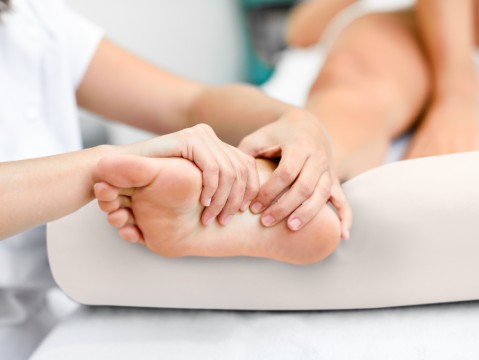
Genève – SUISSE
Centre ASSAL
Avenue de Beau-Séjour 6
1206 Genève
JEUDI 25 SEPTEMBRE 2025
De 16h00 à 18h30
• Moins d’un mois avant le jour de la formation : pas de remboursement
• Plus d’un mois avant le jour de la formation : remboursement total
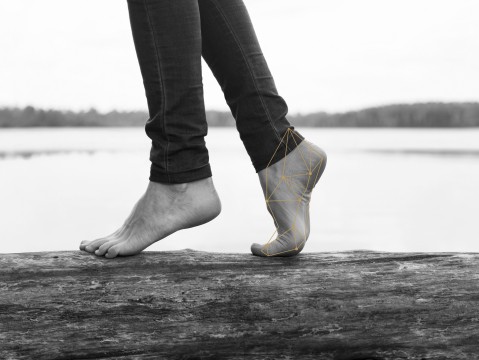
Thierry Glauser , Mario Oliveira , Daniel Brichet
Genève – SUISSE
Centre ASSAL
Avenue de beau-Séjour 6
1206 Genève
SAMEDI 4 OCTOBRE 2025
De 8h30 à 16h30
Registration fee CHF 350.- (nombre de places limité)
(collations et frais de matériel inclus)
Contact : formation@centre-assal.ch
Téléphone : +41 22 577 69 62
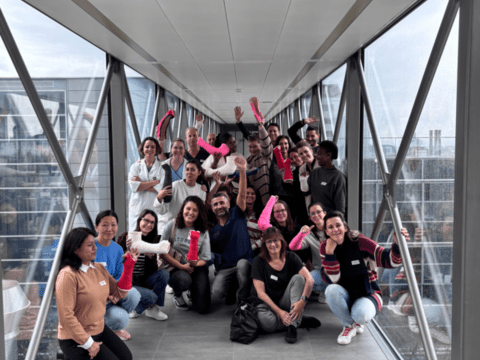
Genève – SUISSE
Centre ASSAL
Avenue de Beau-Séjour 6
1206 Genève
JEUDI 21 NOVEMBRE 2024
De 16h10 à 18h30
Frais d’inscription : CHF 100.-
• Moins d’un mois avant le jour de la formation : pas de remboursement
• Plus d’un mois avant le jour de la formation : remboursement total
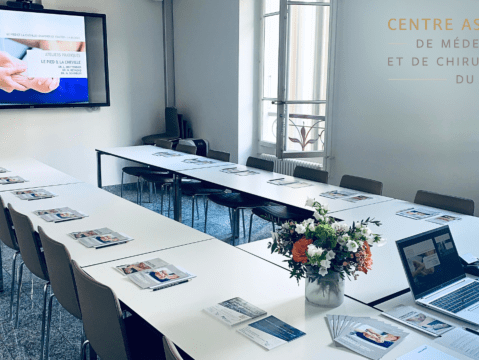
Genève – SUISSE
Théâtre Les Salons
Rue Jean-F. Bartholoni 6
1204 Genève
https://les-salons.ch/
SATURDAY 9th NOVEMBER 2024
From 9h00 to 17h30
(Equipment costs and meals included in the price)
CHF 250.- Medical practitioners
CHF 160.- Residents, physiotherapists, osteopaths
CHF 110.- Students, dancers, general public
